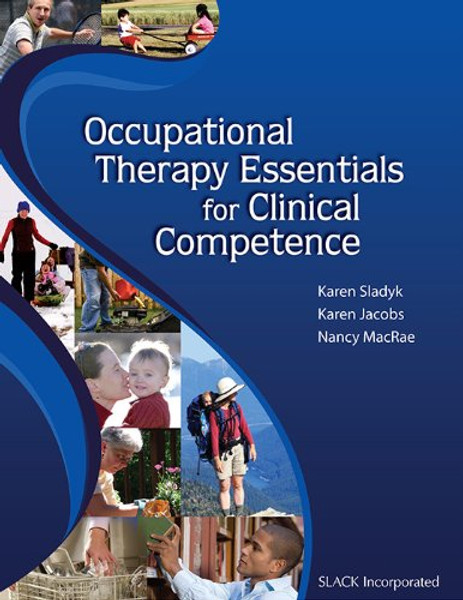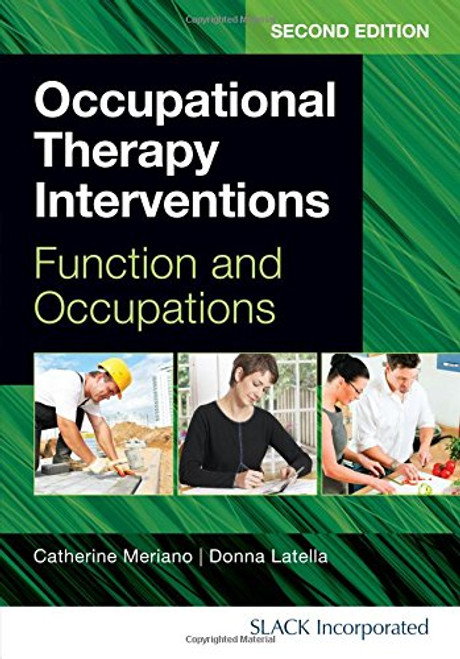Product Overview
Occupational Therapy Essentials for Clinical Competence begins by linking the ACOTE Accreditation Standards with current practice in chapters for students and educators. With 50 expert contributors, this forward-thinking text sets the stage with two foundational concepts vital to the study of occupation: flow and culture.
Led by nationally renowned authors, Karen Sladyk, Karen Jacobs, and Nancy MacRae, Occupational Therapy Essentials for Clinical Competence presents a summary of interconnected constructs that define and direct occupational therapy practice.
Inside you will find:
Basic tenets of occupational therapy
Occupational therapy theoretical perspectives
Screening, evaluation, and referral
Formulation and implementation of an intervention plan
Context of service delivery
Management of occupational therapy services
Professional ethics, values, and responsibilities
Culture and its role in occupational choice and performance
Occupational Therapy Essentials for Clinical Competence also includes student activities at the end of each chapter, as well as on-line material that consists of multiple choice questions, chapter objectives, teacher activities, and PowerPoint slides.
Some Additional Features Include:
Examples as viewed and analyzed from multiple perspectives
Evidence-based practice reviews that provide a starting point to have each topic explored in depth
Evaluation of the mastery of application and self-assessment exercises
Integration throughout the text of Occupational Therapy Practice Framework: Domain and Process, Second Edition
Occupational Therapy Essentials for Clinical Competence incorporates adult learning theory as its basis to assist in establishing cognitive interest. All occupational therapists will welcome this unique organizational format of grouping concepts together to reinforce and facilitate learning.
From the Foreword by Charles Christiansen:
This textbook edited by highly respected leaders in the field... is appropriately and cleverly organized around the essentials of competence in the occupational therapy process. It did not escape my notice that the array of possibilities presented is balanced and reflects the opportunities that are available for using situations (contexts, environments, activities, and people) to provide competent care. The toolkit of options available...for implementing the plan of care as presented here is comprehensive and represents a formidable and significant part of the book.







